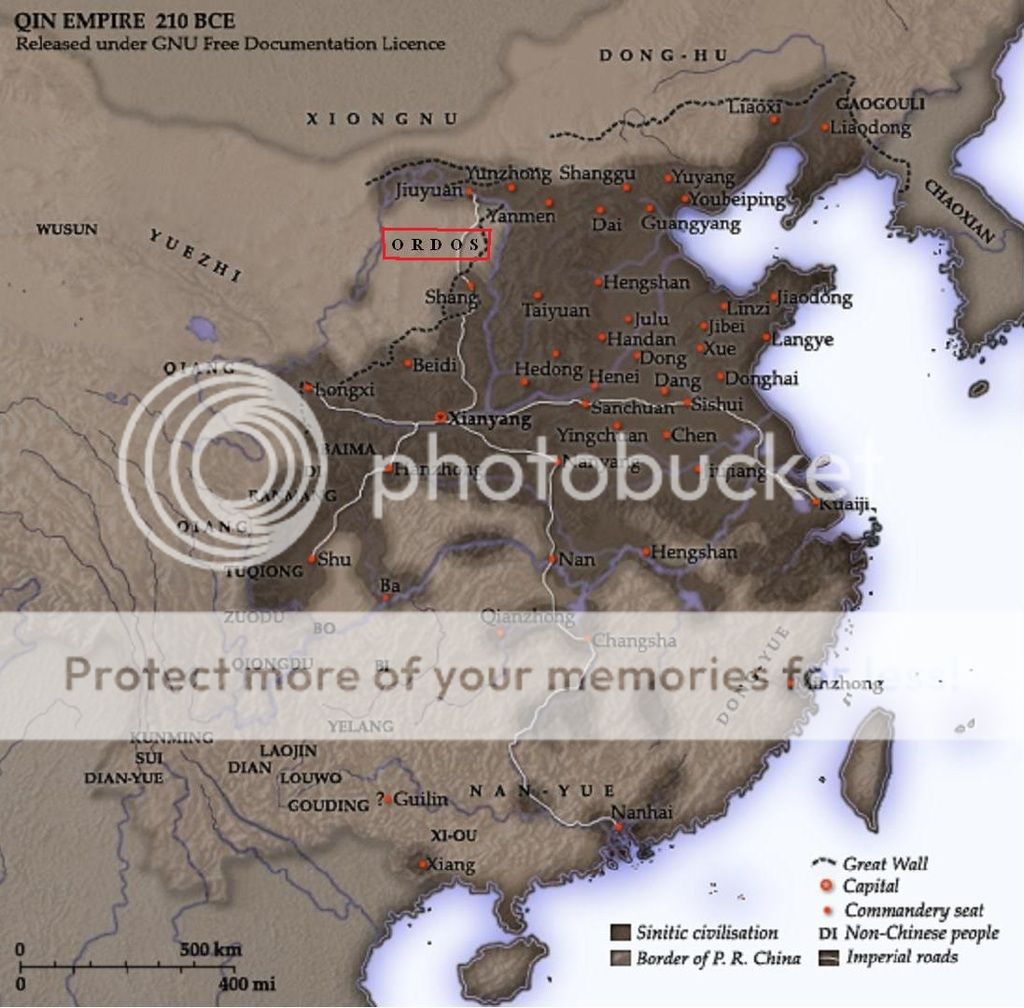Re; number of Indo-Iranians, we will get better ideas of this as methods to estimate census size are applied to ancient dna. Probably in the next few years! But enough to probably make 10-15% or so overall impact in both South Asia and Iran, unevenly distributed over space (unevenly partly because geography, partly due to caste/jati structure)?
I would guess the ratio of proto-Indo-Iranian speakers in the world to Iran+South Asia people combined prior to expansions was probably lower than 1:6 or 1:10 (1:16 to 1:25 or something?), but natural disasters affecting early civilizations probably changed this a bit, combined with more population growth during expansion and integration phases.
I would also guess that what happened during Indo-European expansions was that decline in previous urban and agrarian civilizations like the BMAC complex or Harappan India led to opportunity for nomadic pastoralists as farmland turned to pasture, and then the Indo-European speakers had an advantage in having widely used, mutually intelligible languages and identities which were able to integrate lots of people (often with a slight female bias, but including lots of local males at times where there were prestigious patrilineal settlements which survived). Also some parallels in decline of neolithic societies in Europe.
Pet theory on much of why Indo-Europeans expanded (before documented reasons like spread of Latin or Greek colonization which involved state expansion) is that they neither felled civilizations, nor brought civilizations. Instead were nomadic people who quickly became ubiquitous when given the opportunity, and then because they formed a ubiquitous common culture and set of religious beliefs with a shared language and set of cultural rules for behaviour, people tended to switch to varieties of Indo-European speech and marry into Indo-European culture networks when networks got reassembled. Indo-European speech spread not quite as a lingua franca, because there was more of an ethnic component to that than we think, but a bit closer to that than the spread of Sino-Tibetan languages (which is more like a pure demic expansion), or the somewhat top down spread of Turkic and Hungarian (although the line is blurrier here).
That could happen in China and would be a fine and interesting parallel but I think the agricultural base might have been more robust to disasters (as it was more native to China and well adapted to local climate?), and the distance is further from the Indo-Iranian core? They'd need to cross through Mongolia or the Inner Asian Mountain corridor. It seems like they actually did this (see -
https://www.cell.com/cell/pdf/S0092-8674(20)31321-0.pdf) but at least in Mongolia were also perhaps somewhat "blocked" by local pastoralist people, who had been practicing pastoralism after introduced earlier by Afanasievo culture (putatively early Indo-European). (There is an unusual signal of Afanasievo culture where a person of completely local Mongolian ancestry was given an Afanasievo burial, which is unusual from the record of other Afanasievo culture people, where they all seem to be identical to people of the Yamnaya culture from Ukraine and Southern Russia. That suggests some unusual cultural exchange may have happened in Mongolia.). There are continued signs of people who were presumably "ancestrally Indo-Iranian" in Mongolia through the late Bronze and Iron Age, but there is a robust continuity of majority of local people without any I-Ir ancestry.
